
Eight second world war sites in Europe to visit to retrace the Allied victory push
- From Sicily to the Normandy beaches, Gdansk and Berlin, see battlefields, cemeteries, and memorials – and enjoy the holiday destinations these places have become
- Rough Guides and the Liberation Route Europe Foundation have produced a guide book to commemorate the end of the conflict
To commemorate the 75th anniversary of the liberation of Europe, Rough Guides and the Liberation Route Europe Foundation have produced a guidebook combining historical narrative with places of interest that link the advance of the Western Allied forces in the closing stages of the second world war.
Besides a comprehensive roll-call of fortifications, battlefields, cemeteries, museums and memorials that will be of interest to military buffs and remembrance tourists, a number of locations featured in the book are as well known today as holiday destinations.
Sicily, Italy
The liberation of Europe began with the invasion of Sicily on July 10, 1943. The amphibious assault was the largest in history, until the Normandy landings 11 months later. In Sicily, British and Canadian forces encountered a strong German defensive line around the slopes of Mount Etna – the Battle of Troina was especially fierce.
These days, tourists base themselves nearby, in glamorous Taormina, a hilltop town that overlooks the Ionian Sea and the island of Isola Bella. Taormina’s ancient Greco-Roman theatre is still used, and Etna, one of the world’s most active volcanoes, provides an imposing backdrop.
Dorset, England
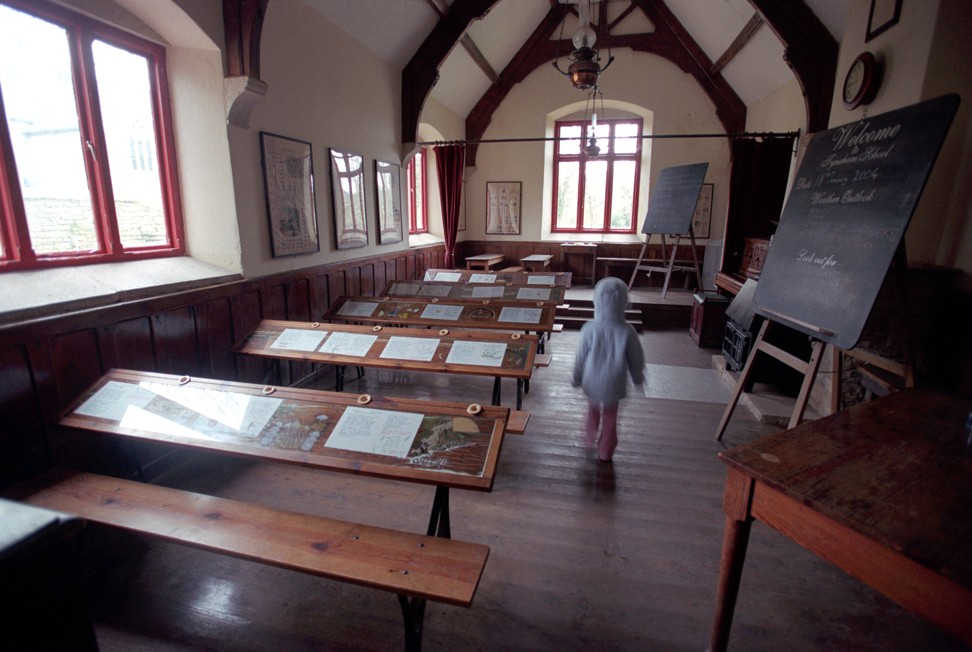
Thousands of troops were stationed in Dorset during the build-up to the Allied invasion of northern France. Local residents were evacuated from villages, including Tyneham, which was requisitioned by the British Ministry of Defence in December 1943.
Public access to the ghost hamlet is permitted on most weekends – the church and schoolroom are as they were on the day villagers left for the last time. Afterwards, lace up your hiking boots and set off along the Jurassic Coast, a World Heritage Site that is part of the 1,000km South West Coast Path. The clifftop trail takes ramblers past the natural limestone arch of Durdle Door towards Weymouth, another key D-Day embarkation point. At Studland Bay, King George VI, British prime minister Winston Churchill and American general Dwight Eisenhower witnessed a major D-Day rehearsal from the safety of a concrete bunker. Today, Studland is best known for its nudist beach.
Normandy, France
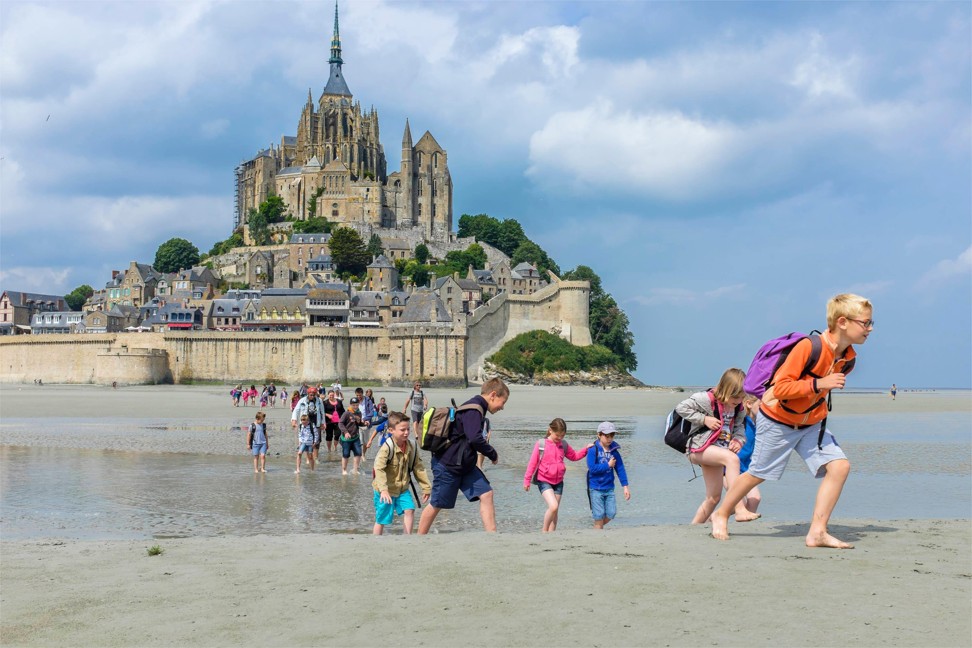
The Normandy landings took place on June 6, 1944. More than 156,000 men from 17 Allied countries took part in a campaign that would ultimately liberate German-occupied western Europe.
The same gently shelving beaches that were ideal for an amphibious landing all those years ago are a magnet for families with young children nowadays. Only a few minutes’ drive from the coast, the 70-metre-long Bayeux Tapestry depicts another famously bloody conflict, the Battle of Hastings, fought in 1066. Dating back to even earlier, the photogenic island of Mont-Saint-Michel (population 33) is the third-most visited attraction in France, after the Eiffel Tower and Versailles.
The Ardennes, Belgium and Luxembourg
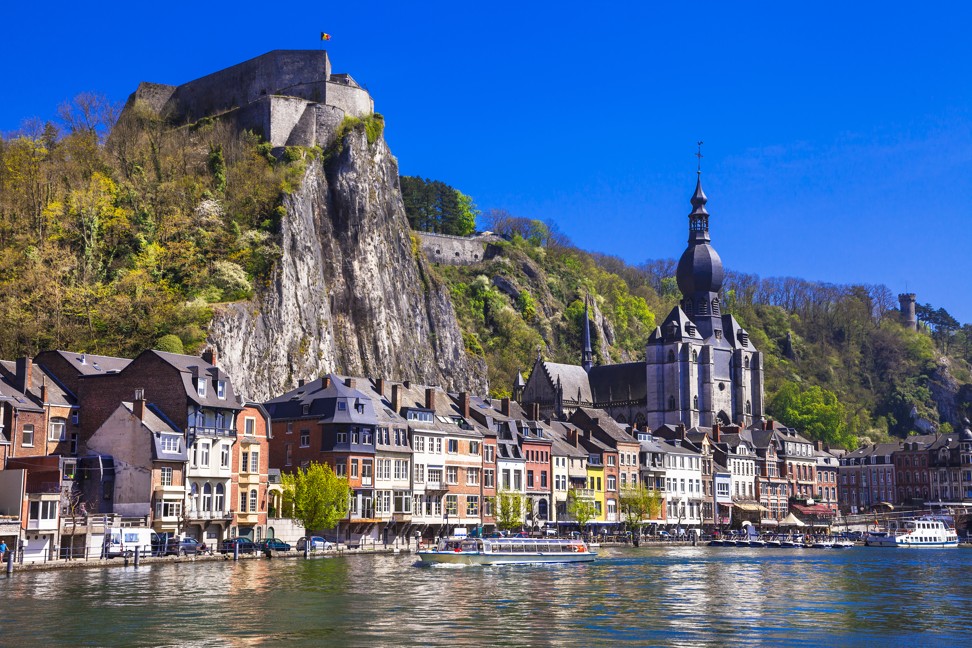
Some of the heaviest fighting of the liberation occurred in the Ardennes region of Belgium and Luxembourg. The Battle of the Bulge, for example, is the largest battle ever fought by American troops and victory over the Germans hastened the end of the war.
Today, nature lovers come to the Ardennes to fill their lungs with unpolluted air. Picturesque villages are geared up for visitors – there are plenty of places from which to hire mountain bikes, kayaks and climbing equipment. Signposted trails lead into hilly wilderness; dense forests conceal underground cave systems and fast-flowing rivers offer the potential for white-water rafting.
Texel, the Netherlands

The Georgian uprising on the island of Texel has its own place in history, perhaps because it led to the final battle of the war in Europe. On April 5, 1945, Georgians, who had reluctantly agreed to fight in the German army rather than die of starvation in prisoner-of-war camps, rose up in defiance of their masters on Texel. It took five weeks to put the rebellion down and cost the lives of 812 German and 562 Georgian soldiers.
The West Frisian Islands form a barrier between the Dutch mainland and the North Sea. A protected nature reserve, Texel’s waters are home to seals, dolphins and whales. Visitors can try their hand at windsurfing and horse riding or join guided walks across ever-shifting mudflats that attract millions of migratory birds.
Berlin, Germany

By April 1945, the Soviet Red Army had driven retreating German forces from the outskirts of Moscow all the way back to Berlin. During the street battle that followed, almost 200,000 soldiers and civilians lost their lives, and Adolf Hitler committed suicide in the Führerbunker on April 30, 1945.
Almost seventy-five years later, Berlin rivals Barcelona as Europe’s hippest city, attracting a young crowd drawn by its diverse nightlife, music scene and festivals. Sightseers will want to tick off the Reichstag, Brandenburg Gate and Berlin Wall Memorial (some corridors of the Führerbunker still exist but are sealed off to the public; the site is now marked by a small plaque) but should also venture southeast of the German capital to Spreewald, a biosphere reserve and World Heritage Site featuring a 1,000km network of canals, rivers and streams.
Pilsen, Czech Republic
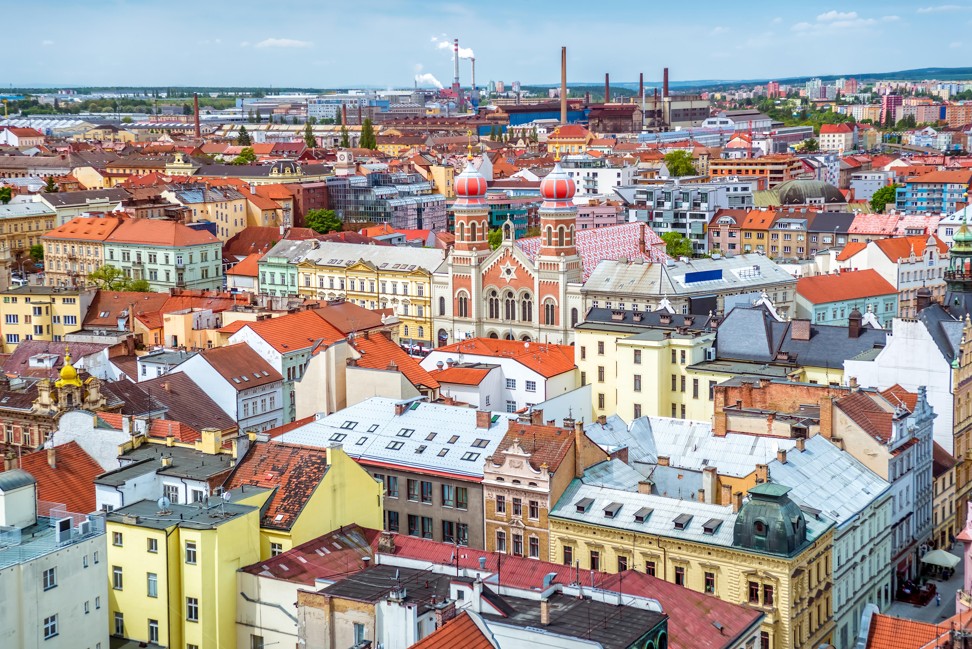
Czechoslovakia was one of the first countries to fall prey to Nazi Germany and, in May 1945, Pilsen was the last major European city to be liberated by the United States Army and its allies. With the Americans approaching, popular uprisings broke out across the country. In Pilsen, citizens went unpunished when they began tearing down Nazi symbols (their occupiers were preoccupied with becoming American, rather than Soviet, POWs).
Built in 1892, Pilsen’s Great Synagogue is Europe’s second largest and survived the war only because the Germans used it as a store for military materiel. It is open to the public from April to October. Where better to witness the culmination of the annual three-day Convoy of Liberty, which sets out from the capital, Prague, than in the city that gave the world pilsner lager. A tour of the Brewery Museum should be top of any beer-drinking military buff’s bucket list.
Gdansk, Poland
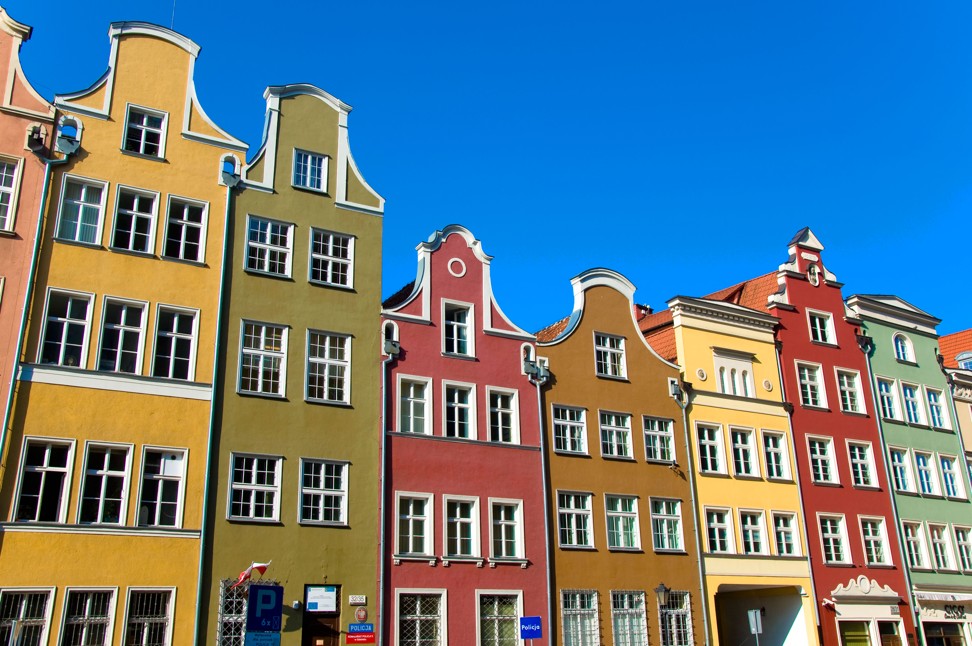
Polish armies, formed with soldiers released from Soviet jails and camps, supported the Red Army as it drove back the Nazis. The Siege of Gdansk (Danzig, in German) saw the deaths of 39,000 Germans, but the ensuing taste of freedom was short-lived for the Poles as one occupier was merely replaced by another, paving the way for 35 years of Soviet domination.
Nowadays, Gdansk is a well-established city-break destination. The colourfully painted facades on Dluga Street keep photographers busy, as does the Basilica of St Mary. A boat ride away, the Hel Peninsula sounds like the site of a ferocious second-world-war battle but is actually a 36km-long sandbar, popular with Poles and any other beachgoers brave enough to dip their toes in the chilly Baltic Sea.
Travel the Liberation Route Europe (Rough Guides) will be released on July 1.

